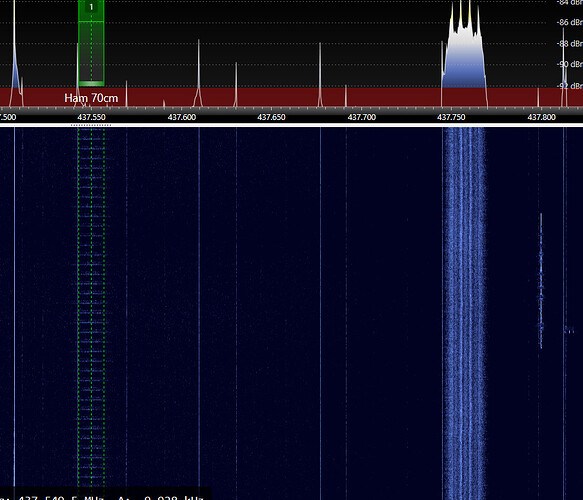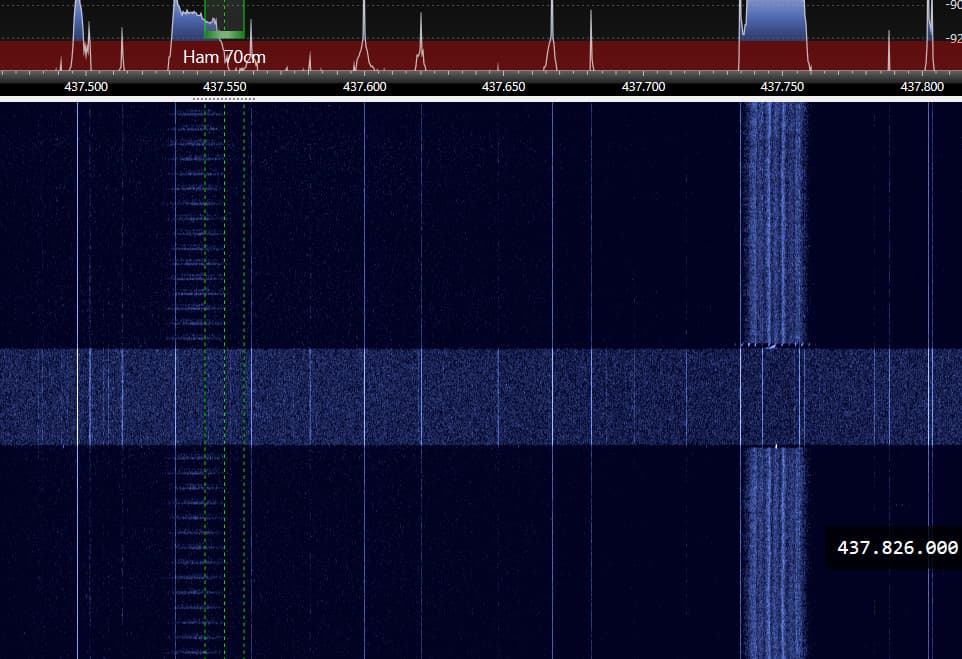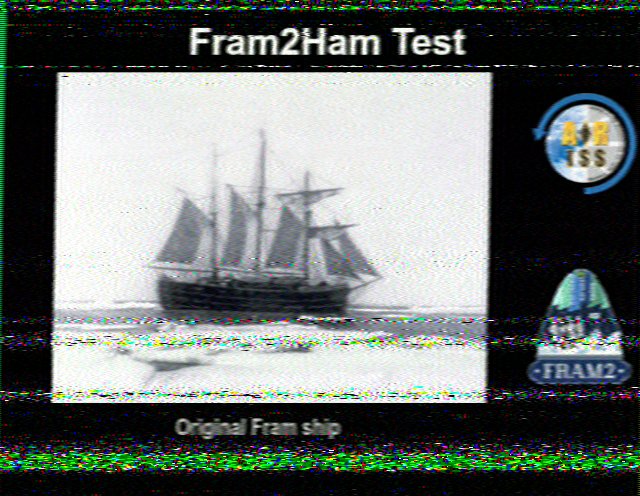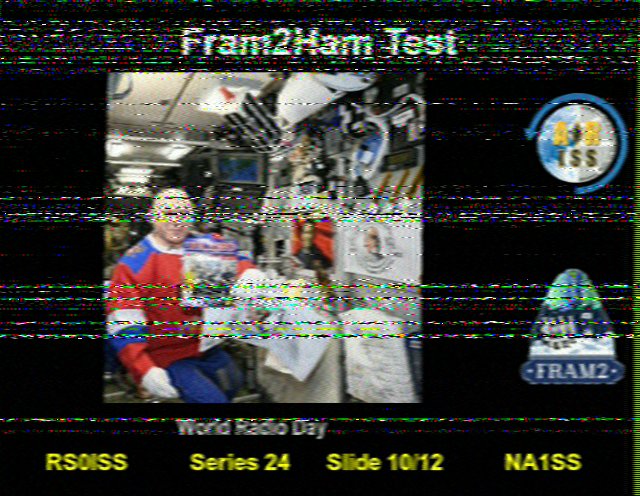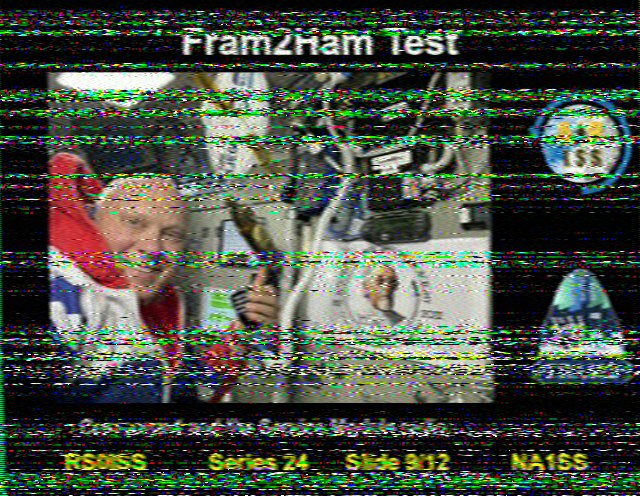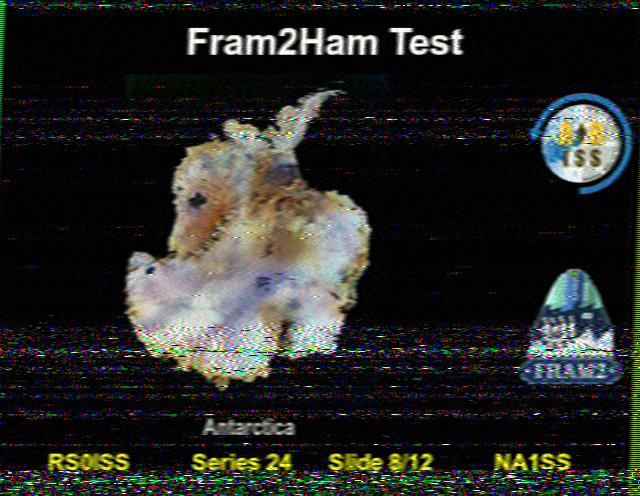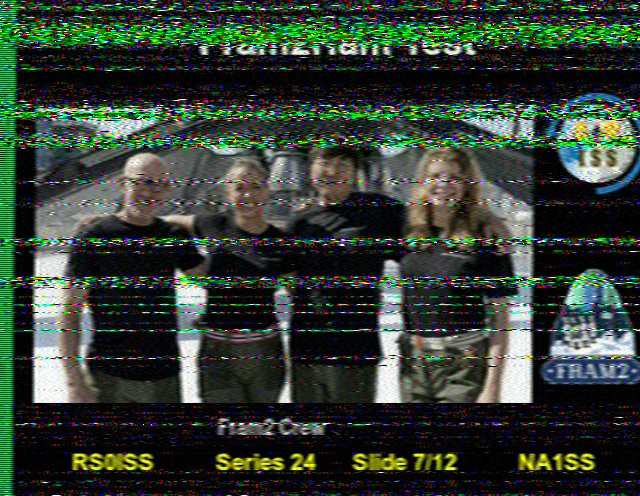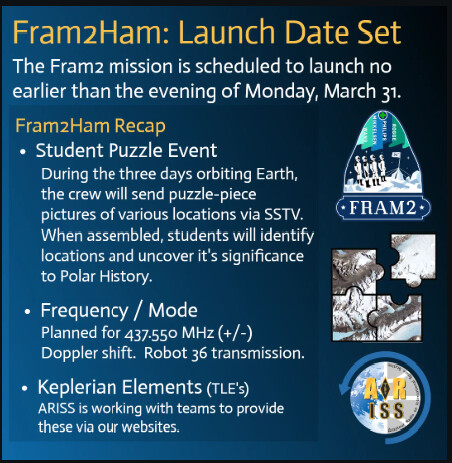My bad, i removed it. That said all the images from SatNOGS observations are public by design and can’ t be hidden.
It says keep it unpublished from social media… so I guess Network site is ok as it isn’t a social media. ![]()
I guess the request is to avoid any confusion in social media between the experiment and the actual mission.
Hopefully they’re not using the same images for this test as in the actual event!
on the last pass I was able to watch it pass over and notice the the bandwidth seems to be nearer to 14KHz not 12 which I had my receiver set to. Also as in previous events I always seem seem to get much better signal when the space station is heading away from me after reaching its max elevation.
It’s the same for me. On recent passes I have hardly heard a signal while approaching but once it has passed overhead and is descenting it has been a good signal - still strong down to c8deg on last pass.
That’s an interesting observation… my wild guess would be that it is caused by the antenna type and placement on ISS, for example ISS module or panel gets in the middle of the station and ISS antenna on approaching.
The las pass was 80 degrees +
the one just now at 11:15 UTC was 40 degree elevation and I have just receive the best two images so far. So I think antenna placement is making quite a difference.
My guess is some local DMR/D-star/Fusion or similar digital FM repeater.
Depending on the sdr you use, it might be worth offsetting the reception so it is outside the receiver bw. ymmv.
Award No. 24011. 7 images (1-4 + 10-12) uploaded.
According to this Norwegian article (That Google wont let me translate for some reason) about Jannicke Mikkelsen and FRAM 2, Jannicke is now in quarantine and the launch is due for late March.
So it wont be long now…
The journey will last for three to five days where the spacecract will be circling the earth every 90 minutes at an altitude of about 420-450 km.
Lets all hope everything goes to plan.
Jomjom79
A preliminary TLE for the planned launch on 2025-04-01 03:20UTC has just been published on the ARISS Twitter account/X
This mission is the first time we have had amateur radio in the Dragon capsule, so there is a lot of interest in the performance. In particular ARISS would like to see how the antenna coverages works on the ground. Satnogs is in a great position to contribute to that by potentially supplying many observations with the results stored for later analysis. We should be able to look at different passes over the same station or the same pass potentially received by more than one station at different angles to the spacecraft.
This probably does not change anything other than to request as many observations as possible.
One other note, which was mentioned earlier in the thread, is that this is a competition for schools and universities. ARISS and Fram2 would prefer if the SSTV images are not easily accessible during the competition. Is it possible to turn off the automatic decode of the SSTV images for this mission, at least until the competition is over? Or perhaps to configure this spacecraft so that it is just FM voice and does not automatically decode the images? I realize that could be controversial and defer to others to decide.
Hi Chris,
Unfortunately, the frequency (or frequencies) is not coordinated by IARU.
It’s listed only as not yet formally submitted.
Guess there will be limitations for observations.
Daniel
Unfortunately due to the IARU non-coordinated status, the observations will be limited to the ones that contribute to SSA. Except if we miss something in IARU coordination process of this mission.
About the decoded transmissions, given that they will be Robot36 SSTV, the default SatNOGS station will not decode them, as currently support only PD-120 SSTV.
Thanks @fredy and @dl7ndr, I appreciate the focus on IARU coordination and the protection of our frequencies. I went and checked and I am told by ARISS that this is coordinated. However I agree that it is not on the amsat-uk website and I don’t expect you to take my word for it. Let me try to find out why it is not updated.

